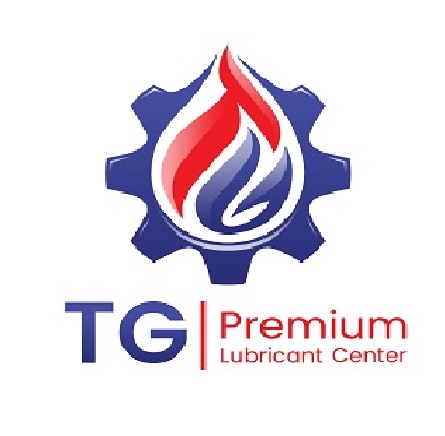Proper gear oil selection is crucial in ensuring that gears last long and maintenance costs are minimized. Gear oil serves multiple purposes, including reducing friction and wear, cooling, rust prevention, and keeping gears clean.
Types of Gear Oil
- Straight mineral oils are ideal for gear sets with straight teeth, oblique teeth, herringbone, and bevel gears that are not subject to high loads. However, users may experience difficulties during machine start-up at low temperatures.
- Compound oils contain adhesion quality additives and are recommended for use with worm gears.
- EP gear oils are designed for general-purpose gears and those that are subjected to heavy loads.
Choosing the Right Gear Oil Viscosity
There are two standards for gear oil viscosity: ISO and SAE. The appropriate viscosity number depends on the gear type, speed, and operating temperature.
For general closed gears, gear oil viscosity ISO VG 68, 100, 150, 220, 320, and 460 is recommended. For worm gears, oil viscosity ISO VG 220, 320, 460, and 680 is recommended.
When selecting gear oil viscosity, the following principles should be observed:
- High viscosity oil is used for slow-speed transmission gear sets.
- Low viscosity oil is used for high-speed transmission gear sets.
Follow machine manual recommendations for oil viscosity numbers.
Gear Oil Service Life
The service life of gear oil depends on the gear set type, operating temperature, environmental conditions, and oil bath size. High-load gears should consider replacing the oil every three months, while general-loading gears should consider replacing it every six months.
It is essential to change the oil immediately if it is contaminated with water or appears turbid. Dark or burnt oil indicates that an oil change should be considered in the near future. Neglecting oil changes can cause gears to wear out quickly, leading to higher repair costs.

